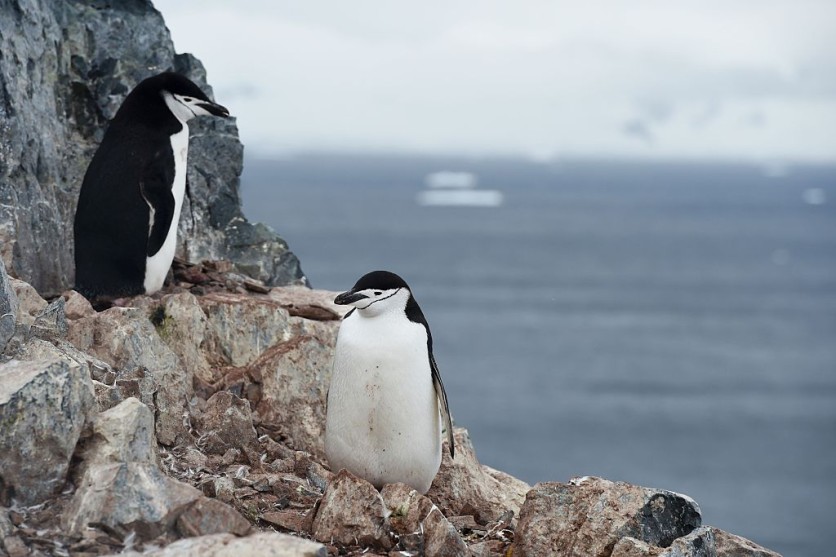Scientists from the Lyon Neuroscience Research Centre and the Korea Polar Research Institute have uncovered a fascinating survival tactic employed by Antarctic chinstrap penguins.

Microsleeping While Nesting
In a recent study led by Paul-Antoine Libourel and his team, it was revealed that these penguins undergo thousands of microsleeps while nesting, with each lasting a mere 4 seconds. Chinstrap penguins are usually recognized by distinctive facial markings resembling a strap beneath their chins.
Interesting Engineering reported that this unconventional sleep pattern allows them to amass more than 11 hours of sleep per day, safeguarding their nests and offspring.
Throughout the nesting phase, one parent assumes the role of a vigilant guardian, protecting the nest from predatory birds and potential intruders, while the other ventures out in search of food.
Traditional sleep cycles during this critical period could expose nesting penguins to potential threats. Consequently, they have adopted a unique sleep strategy characterized by frequent, albeit brief, episodes of sleep.
Using advanced technologies like remote electroencephalogram (EEG) monitoring and other noninvasive sensors, the researchers closely examined the sleep patterns of nesting chinstrap penguins in a colony exposed to the brown skua, a predatory bird, on King George Island, Antarctica.
Their discoveries revealed that these penguins didn't adhere to long periods of sleep but, instead, opted for frequent microsleeps. This unique sleep approach, creating a cumulative effect, enabled them to achieve necessary rest while maintaining constant vigilance.
The findings challenge established beliefs about the recuperative roles of sleep, particularly within the animal kingdom. Researchers Christian Harding and Vladyslav Vyazovskiy from the University of Oxford underscore the significance of this unconventional sleep strategy.
Relying on Microsleeps
Microsleeps have long been associated with potential hazards, especially in human activities like driving. The intriguing inquiry into whether these microsleeps can serve essential sleep functions has captivated scientists, and Libourel's research on chinstrap penguins unveils a fascinating adaptation in the animal kingdom.
Despite facing continuous threats from egg predators and intruders, chinstrap penguins have successfully bred, relying on their distinctive sleep strategy.
The team utilized remote EEG monitoring at sea and during nesting to collect data on the wild chinstrap penguins' sleep behavior, revealing over 10,000 microsleeps per day, each lasting about 4 seconds and featuring bihemispheric and unihemispheric slow-wave sleep.
This study prompts a reconsideration of the necessity of longer sleep bouts for the restorative functions of sleep.
As posted in the journal Science, the study implies that interactions among members of the same species within the colony, including aggression and noise, play a noteworthy role in shaping the sleep behaviors of chinstrap penguins.
While the research didn't explicitly gauge the restorative benefits of microsleeps, the thriving breeding success of penguins, even with their extensively fragmented sleep, hints at the potential fulfillment of crucial functions by these brief sleep episodes.
Related Article : [VIRAL] New Emperor Penguin Colony of 1,000 Birds Discovered in West Antarctica Using Satellite Imagery

ⓒ 2025 TECHTIMES.com All rights reserved. Do not reproduce without permission.




